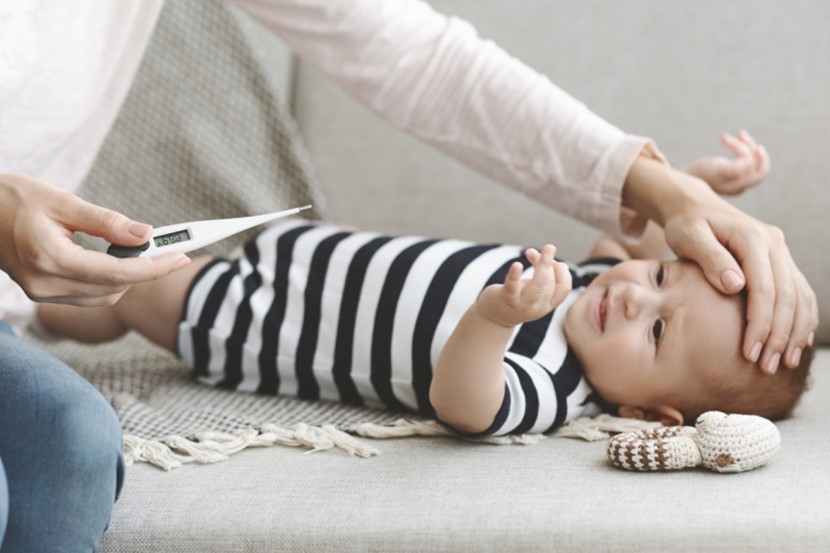Arm yourself to help your baby for winter ills

If it's one cold after another at your house, followed by a bout of stomach upsets and yet another round of conjunctivitis, take comfort from the thought that so many ailments are doing a great job of building up your family's resistance to viruses. Next year, you and your kids may well sail through the winter with barely a sniffle.
In the mean time there are some remedies which may help prevent further illness or at least reduce the severity.
Cold cures
Echinacea, vitamin C and zinc are the top three often recommended for avoiding colds and flu but arguments go back and forth on how effective they are. Some swear by liquid echinacea while others won't step out the door without their zinc lozenges. Let's look at the research.
Echinacea: Recent research shows it can reduce the effects of a cold by 58% and its duration by an average 1.4 days. But medical herbalist and pharmacist Phil Rasmussen from Kiwiherb says it's important to get effective echinacea products using the roots and stem of the plant. You know you've got the right stuff if you feel a tingling in the mouth.
Some people report echinacea is not as effective if taken regularly over long periods but so far there's been no research to support this.
Ginseng: Using the root extract is also said to be effective in preventing and reducing the symptoms of colds.
Vitamin C: Despite many trials there are still no conclusive results that show mega-doses of vitamin C as soon as you get the very first symptoms will help in any way. But the scientists are up against Grandma's advice and a host of other anecdotal claims that staunchly support taking vitamin C all winter long.
Zinc: Research is encouraging about zinc. A review published on the Cochrane Library website of 15 trials since 1984 says taking zinc within 24 hours of getting cold symptoms can reduce how long it lasts and its severity. If you take it over a long period (five months or more) it will help you avoid colds altogether and reduce the need for antibiotics in children. However, it says zinc lozenges may make some people feel nauseous.
Testing times
The two best types of thermometers for children are digital and ear thermometers. The ear models are more expensive but give instant results.
There are also old-style mercury ones but these are a little risky if popping in the mouth of a little one, and forehead thermometers and temperature strips. But again, these are not recommended as their accuracy is still uncertain.
Plunket says the best places for checking body temperature is in the armpit or under the tongue.
If you don't have a thermometer put two fingers down the back of the neck which is a lot more reliable than the back of the hand on the forehead.
Before reaching for the Pamol or Children's Nurofen try lowering body temperature by:
- Taking a few layers off
- Keeping the room cool
- Giving lots of liquids or even ice blocks
Normal body temperature is 36-37˚C. In the case of a little baby whose temperature is higher, see a doctor.
If you're having trouble getting your child to swallow her Pamol or Nurofen try adding it to her bottle of milk.
For babies under six months call Healthline: 0800 611 116.

